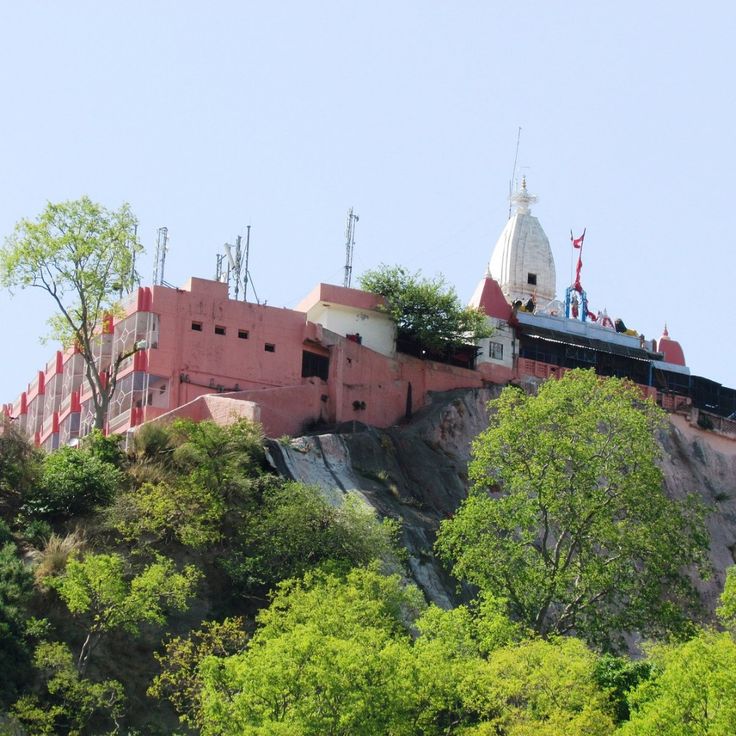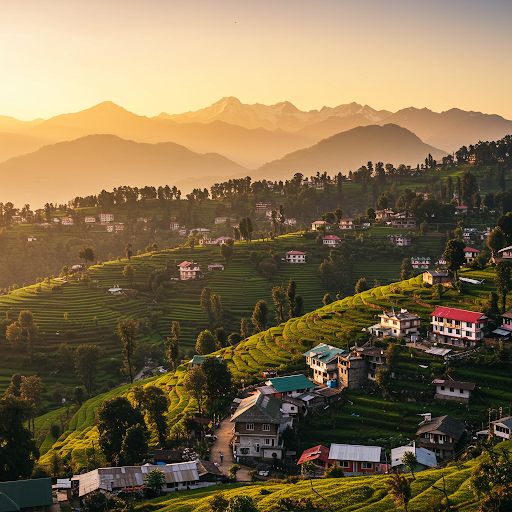SBKi News | Public Interest Reporting
Haridwar, Uttarakhand ,”Tragedy Mansa Devi Temple”– What began as a routine day of spiritual devotion at the revered Mansa Devi Temple in Haridwar ended in unthinkable tragedy on Monday, as a sudden stampede killed six pilgrims and left over a dozen injured. The incident occurred amid an unexpected surge of visitors during the auspicious Shravan month, with initial reports suggesting a rumour about an “electricity hazard” caused panic among the densely packed crowd.
Mansa Devi Temple, one of the most popular Shakti Peeths in northern India, attracts lakhs of pilgrims each year and is situated atop the Bilwa Parvat on the Sivalik Hills. On this particular day, however, the holy ground turned into a chaotic and deadly scene.

What Triggered the Stampede?
According to eyewitnesses and early police findings, the stampede was triggered by panic after someone shouted about a possible electric current leak in a metal railing near the temple premises. Already congested pathways quickly became impassable, and the narrow exit points could not handle the sudden surge of fleeing devotees.
Within seconds, the crowd lost control. Elderly devotees and children were trampled. Some people fell on the stairs, others tried to scale the walls to escape the crush. Security personnel struggled to intervene, and by the time the chaos subsided, six people were already dead.
The Victims and the Injured
Haridwar District Magistrate Dheeraj Garbyal confirmed that six people — four women and two men — lost their lives in the tragedy. Over 15 others were injured, some critically, and were rushed to Haridwar District Hospital and AIIMS Rishikesh.
A few victims were from nearby towns in Uttarakhand and western Uttar Pradesh. According to the police, some of them were visiting as part of a larger Kanwar Yatra pilgrimage circuit, making crowd numbers even more volatile.
“Tragedy Mansa Devi Temple
Security and Crowd Control Under Scrutiny
The incident has sparked serious questions about crowd management and infrastructure preparedness, especially during peak pilgrimage seasons. While Haridwar remains one of India’s most visited spiritual destinations, the administration has repeatedly struggled with ensuring safe and smooth crowd flow at temples like Mansa Devi and Chandi Devi — both located on steep hills accessible by ropeway and narrow steps.
Senior police officials admitted that there was no contingency plan to handle such a sudden rumour-induced panic.
“The access routes to the Mansa Devi shrine are narrow and cannot accommodate rapid evacuation. It only takes one spark of fear to cause devastation,” a police officer said on condition of anonymity.
Government’s Response
Uttarakhand Chief Minister Pushkar Singh Dhami expressed grief over the incident and announced an ex-gratia of ₹2 lakh each for the families of the deceased and ₹50,000 for the injured. He also ordered a high-level inquiry into the matter to determine whether the rumour was deliberately spread or a result of systemic negligence.
“We have requested a comprehensive report from the District Administration.”. If anyone is found guilty of mischief or dereliction of duty, strict action will be taken,” Dhami said.
Meanwhile, the Uttarakhand police have registered a case and are reviewing CCTV footage to track down those who might have triggered the stampede.
“Tragedy Mansa Devi Temple
Personal Insight: Fear Travels Faster Than Faith
Having reported on religious gatherings and regional emergencies for over five years, I’ve often observed how crowd psychology plays a critical role in mass tragedies. In India, where spiritual events often attract thousands with limited resources for control, a single rumour can turn faith into fear in a matter of seconds.
What makes this incident even more tragic is its avoidability. There was no actual electrical fault, according to officials. Yet, the absence of proper communication systems, trained volunteers, and escape protocols allowed a simple rumour to spiral into deadly panic.
This is not the first instance that we have witnessed. History has happened far too often, from the 2008 Naina Devi tragedy in Himachal Pradesh to the 2013 Kumbh Mela stampede in Allahabad.
What Needs to Change
Tech-enabled Crowd Monitoring: Real-time people-counting sensors and AI-backed surveillance could detect and warn authorities before crowding becomes dangerous.
Public Announcement Systems: Installing multilingual PA systems across key nodes can prevent panic and inform people quickly in case of emergencies.
Volunteer Force and Emergency Teams: Trained civil defense volunteers should be deployed at all pilgrimage sites during the peak season, equipped with first aid and evacuation drills.
Fact vs Rumour Control: In an era of instant communication, rumor detection squads (online and offline) can help isolate misinformation at its source.
Conclusion: Faith Shouldn’t Be Fatal
The tragedy at Mansa Devi is not just an administrative failure — it’s a failure of foresight. It shows how spiritual journeys, meant to bring peace and purpose, can end in irreversible loss if not backed by robust safety planning.
For the families mourning today, no compensation can fill the void. But as a reporter committed to public-interest journalism, I hope this article contributes to the larger conversation about safety, sensitivity, and seriousness that our sacred spaces deserve.
Read more on Uttarakhand news at SBKI News


